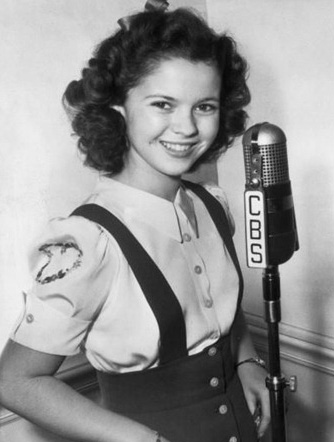Happy Birthday, Shirley Temple!
Posted by Ivan G. Shreve, Jr. on Apr 23rd 2021
There’s a classic Jack Benny Show telecast from the 1960s (but really…aren’t they all classics?) where Jack, having ordered a “Shirley Temple” (a non-alcoholic drink made with ginger ale and grenadine, with a maraschino cherry for garnish), takes a swig of his cocktail and discovers it’s been spiked with Scotch. Benny expresses his displeasure to the waiter (who else but Frank Nelson?) and the server dismisses the complaint with a condescending “Well, she’s a big girl now!”
The origin of the “mocktail” has been argued about over the years (some claim it was invented by a bartender at Chasen’s—others assert The Brown Derby) but one thing is certain: its namesake was not a fan. “[A]ll over the world, I am served that,” she told NPR’s Scott Simon in 1986. “People think it’s funny. I hate them. Too sweet!” (Maybe if Frank Nelson had been bartending?) Shirley Temple, born on this date in Santa Monica, California in 1928, loathed the concoction so much that she filed a lawsuit against a company in 1988 to keep them from manufacturing a bottled soda version.
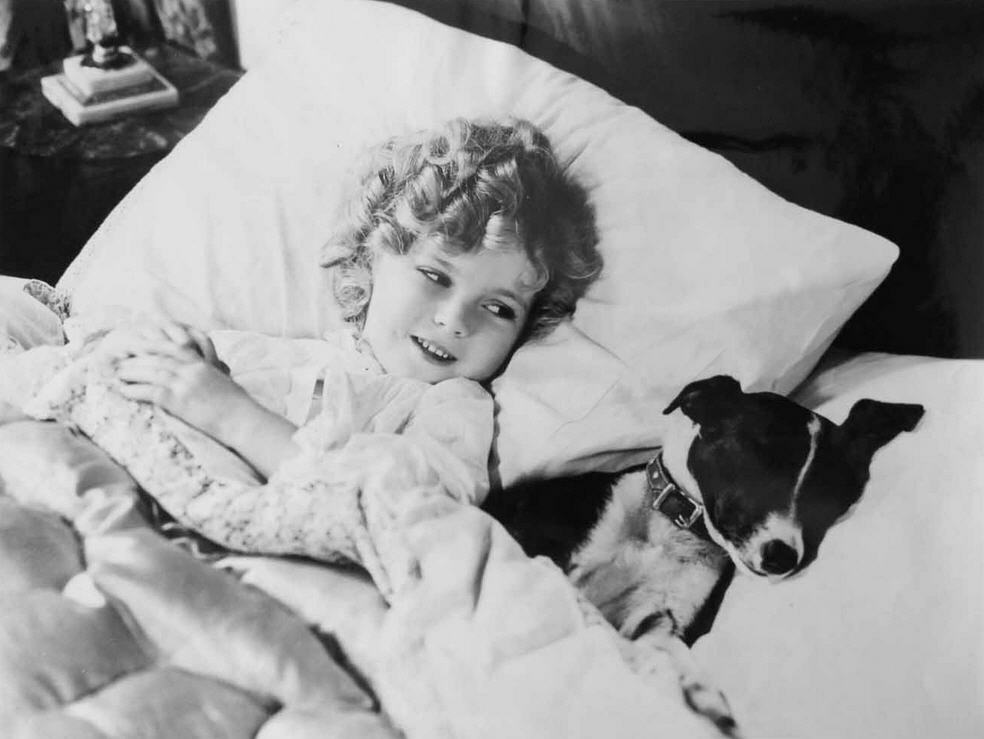
There’s a certain irony in Shirley Temple describing the “Shirley Temple” as a ‘saccharine sweet, icky drink” because those same adjectives were often used by her detractors to describe the little moppet’s performing style. Love her or hate her, Temple was easily the most popular child star in the history of show business. As Ephraim Katz observes in The Film Encyclopedia: “No child before or after her enjoyed so great a popularity or was able to display a wider range of natural talents, as an actress, a dancer, or a singer.” Those “natural talents” were spotted early on by Shirley’s mother Gertrude, who in true stage mother-fashion enrolled her young daughter (age three) in the Meglin’s Dance School in Los Angeles.
It was writer-director Charles Lamont—working as a casting director for Educational Pictures—who spotted Shirley Temple at the school, signing her to a studio contract and casting her in a series of one-reel musical comedies known as “Baby Burlesks.” These low-budget audience pleasers featured juvenile casts in spoofs of adult movies (1932’s Runt Page lampoons The Front Page [1931], for example) and one in particular, Kid ‘n’ Africa (1933), would later come back to haunt Shirley in her adult career as the U.S. Ambassador to Ghana (1974-76). (Africa showcases some rather uncomfortable racial stereotypes.) The “Burlesks” shorts were a hit with theatergoers and Temple the most popular performer in them; she got a promotion to the studio’s two-reel comedies (Dora’s Dunkin’ Donuts [1934]), notably the “Frolics of Youth” series.
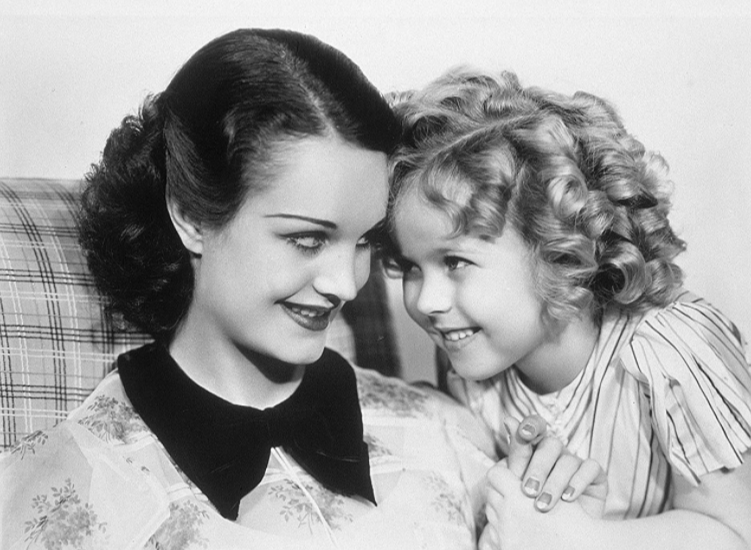
Although Shirley Temple was making inroads in features like Red-Haired Alibi (1932) and To the Last Man (1933), her appearances in the “Frolics” shorts paved the way for her eventually signing a $150-a-week contract with Fox Film. Studio songwriter Jay Hornet spotted Shirley giving a live dance performance at a theatre promoting one of the “Frolics” comedies, and the resulting screen test produced a memorable cinematic moment of Temple and actor James Dunn performing Baby, Take a Bow in the sprightly Depression-themed musical Stand Up and Cheer! (1934). That same year saw Temple appearances in Change of Heart, Now I’ll Tell, Baby, Take a Bow, and Bright Eyes (which introduced her signature song, On the Good Ship Lollipop) for Fox. (She was also loaned to Paramount for Little Miss Marker and Now and Forever). For her hard work, Shirley was awarded a special juvenile Oscar “[i]n grateful recognition of her outstanding contribution to screen entertainment during the year 1934.”
From 1935 to 1938, Shirley Temple was the number-one box-office star in America. Many of her films released during this time period remain motion picture classics: The Little Colonel (1935; featuring the legendary “stair dance” with Bill “Bojangles” Robinson), Curly Top (1935; which introduced Animal Crackers [In My Soup]), The Littlest Rebel (1935; with “Bojangles” again), Captain January (1936), Poor Little Rich Girl (1936), Wee Willie Winkie (1937), Heidi (1937), Rebecca of Sunnybrook Farm (1938), The Little Princess (1939). These features and many more entertained audiences back then and continue to do so with new generations of fans. By 1940, however, Shirley was reaching what might be termed “has-been” status when efforts like The Blue Bird (1940) and Young People (1940) were box-office disappointments. She left 20th Century-Fox and went to Metro-Goldwyn-Mayer for one picture, Kathleen (1941); the studio let her go after that, too, flopped.
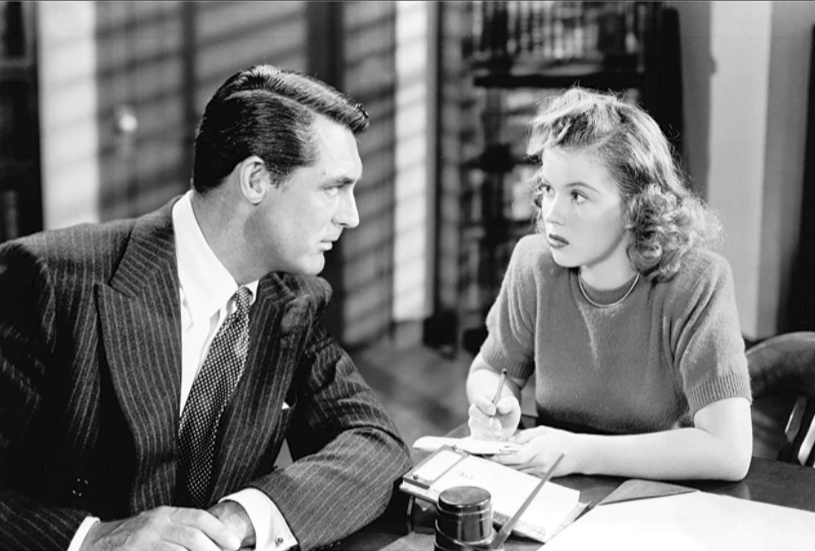
At the time Shirley Temple was attempting to jump-start her movie career with Kathleen, she also explored possibilities in the aural medium as well. Having previously appeared on such programs as The Gulf Screen Guild Theatre and The Lux Radio Theatre, she hosted a four-week variety series, Shirley Temple Time, sponsored by Elgin watches and featuring celebrity guests like Robert Young and Humphrey Bogart. Shirley also starred in the situation comedy Junior Miss, which aired over CBS from March 4 to August 26, 1942. (Junior Miss would return to “the stars’ address” in April of 1948 [without Shirley] and run in various quarter- and half-hour formats until July 1, 1954.) Other items on Temple’s radio resume include The Bill Stern Colgate Sports Newsreel, The Bob Hope Show, The Chesterfield Music Shop, Command Performance, Family Theatre, The George Burns and Gracie Allen Show, Mail Call, and Theatre of Romance.
Shirley Temple continued to work in movies throughout the 1940s. Although she wouldn’t equal her success of the previous decade, Shirley made several films of which any self-respecting ingenue would be proud: Since You Went Away (1944), The Bachelor and the Bobby-Soxer (1947), and Fort Apache (1948), just to name a few. Temple’s final feature film was A Kiss for Corliss (1949), in which she played the teenaged heroine made popular by Janet Waldo on radio’s Meet Corliss Archer. (Shirley had previously portrayed Corliss in 1945’s Kiss and Tell.) She retired on December 16, 1950 at the age of 22.
Shirley Temple made a brief return to show business with Shirley Temple’s Storybook, which aired on NBC-TV intermittently beginning in January 1958. The series didn’t get a regular weekly time slot until the fall of 1960, and because it was pummeled by its competition (Walt Disney Presents and Maverick on ABC; Lassie and Dennis the Menace on CBS) it was cancelled in September of 1961. Shirley made guest appearances on shows like The Red Skelton Show and Sing Along with Mitch but in later years was quite active in politics, culminating in her ambassadorship to Ghana (appointed by President Gerald Ford) and later Czechoslovakia (appointed by President George H.W. Bush in 1989). Shirley Temple passed away in 2014 at the age of 85.
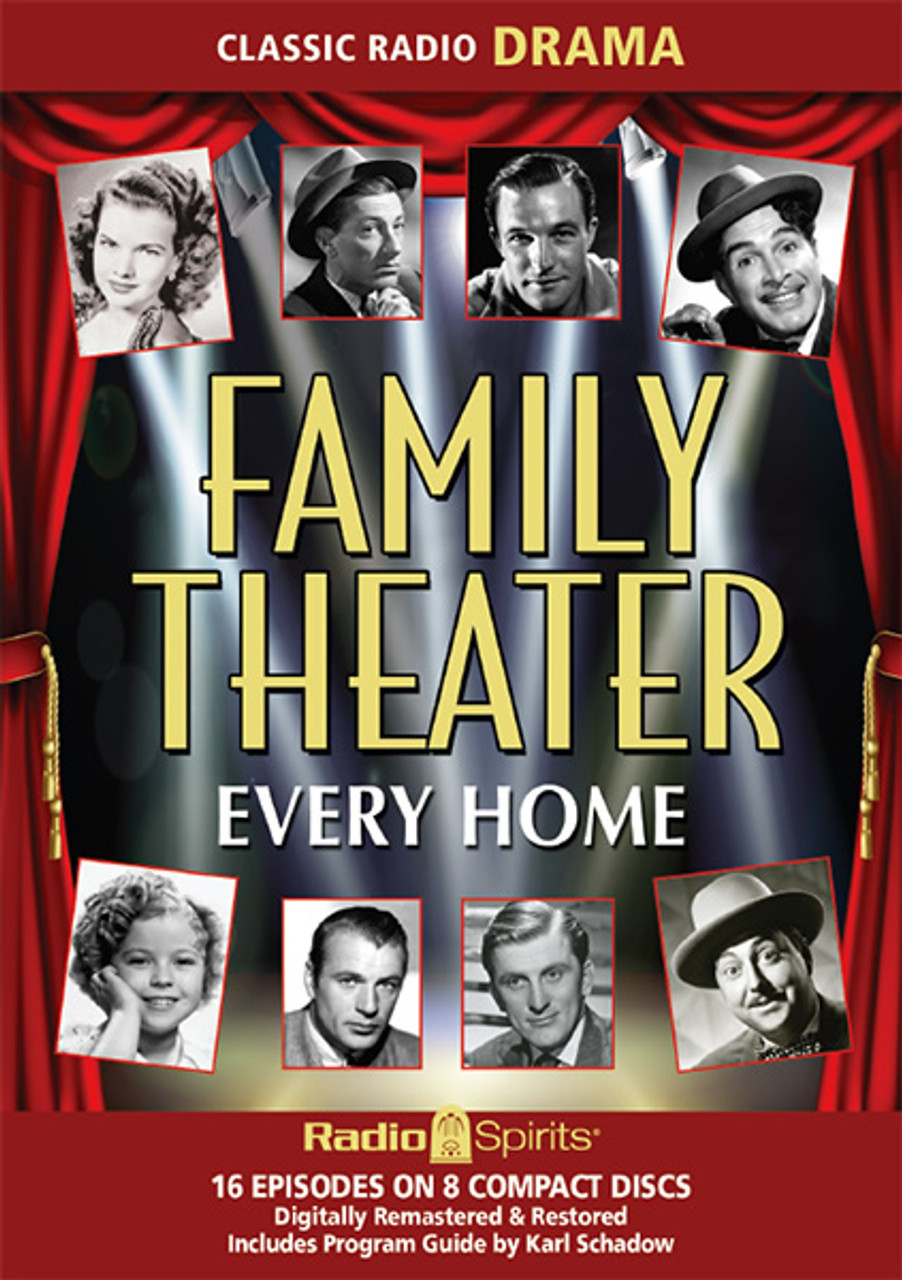
The 1975 documentary Brother Can You Spare a Dime? is a cinematic mosaic of clips from classic Hollywood flicks and newsreels in an attempt to chronicle the events of The Great Depression, featuring famous personalities like President Franklin Delano Roosevelt, James Cagney…and today’s birthday celebrant, Shirley Temple. It’s available on DVD and for purchase here at Radio Spirits, as is the CD collection Family Theater: Every Home, which features our Shirley on the April 8, 1948 broadcast of “Toledo Smith.” Happy birthday, Shirley!

